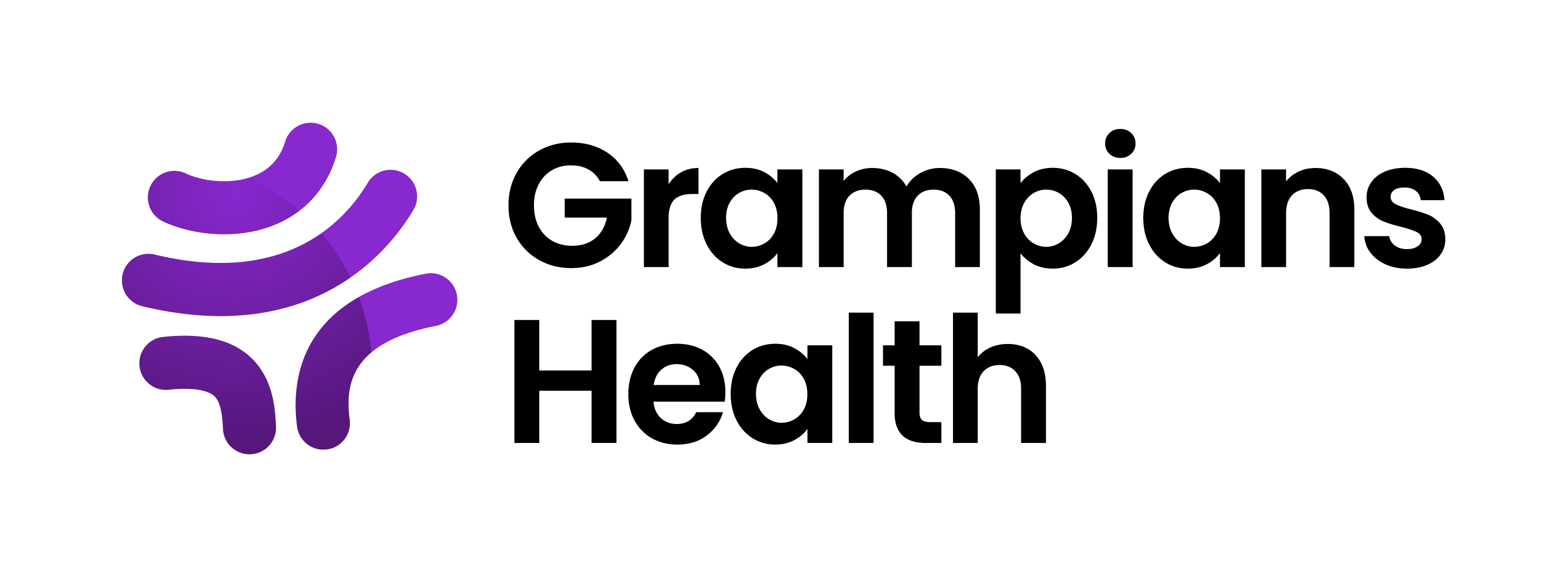Please use this identifier to cite or link to this item:
http://hdl.handle.net/11054/1121Full metadata record
| DC Field | Value | Language |
|---|---|---|
| dc.contributor | Apos, Esther | en_US |
| dc.contributor | Schuster, Sharynn | en_US |
| dc.contributor | Reece, John | en_US |
| dc.contributor | Whitaker, Shirley | en_US |
| dc.contributor | Murphy, Kerry | en_US |
| dc.contributor | Golder, John | en_US |
| dc.contributor | Leiper, Beverley | en_US |
| dc.contributor | Sullivan, Linda | en_US |
| dc.contributor | Gibb, Susie | en_US |
| dc.date.accessioned | 2018-04-11T23:04:49Z | - |
| dc.date.available | 2018-04-11T23:04:49Z | - |
| dc.date.issued | 2018 | - |
| dc.identifier.govdoc | 01113 | en_US |
| dc.identifier.issn | 0022-3476 | en_US |
| dc.identifier.uri | http://hdl.handle.net/11054/1121 | - |
| dc.description.abstract | Objective: To establish the treatment efficacy of practitioner-assisted bell-and-pad alarm therapy in children with enuresis between the ages of 5 and 16 years by retrospective medical chart review of 2861 children in multiple clinical settings. Study design: This review was conducted across 7 Australian clinical practices. The primary outcome measure was the time taken for children with either primary, secondary, monosymptomatic, or nonmonosymptomatic enuresis to be dry for 14 consecutive nights. The secondary outcome measure was to determine relapse rates, defined as 1 symptom recurrence per month post interruption of treatment. Data were analyzed by correlation and χ2 test via IBM SPSS Statistics (version 22). Results: The overall success rate of the bell and pad treatment was 76%, irrespective of age. The mean treatment time to achieve dryness was 62.1 ± 30.8 days, and the relapse rate was 23%. Concurrent bowel dysfunction was associated with a slightly lower success rate (74%). Concurrent lower urinary tract symptoms were associated with a lower success rate (73%) and greater relapse (1.75 times more likely to relapse). Children with secondary enuresis had significantly greater success than those with primary enuresis (82% vs 74%). Conclusion: The type of alarm therapy reported in this study is highly effective. This study will provide the basis for clinical guidelines and practice tools for clinicians, which will help to reduce variation in care pathways for alarm treatment for enuresis. | en_US |
| dc.description.provenance | Submitted by Gemma Siemensma (gemmas@bhs.org.au) on 2018-03-19T06:21:33Z No. of bitstreams: 0 | en |
| dc.description.provenance | Approved for entry into archive by Gemma Siemensma (gemmas@bhs.org.au) on 2018-04-11T23:04:49Z (GMT) No. of bitstreams: 0 | en |
| dc.description.provenance | Made available in DSpace on 2018-04-11T23:04:49Z (GMT). No. of bitstreams: 0 Previous issue date: 2017 | en |
| dc.title | Enuresis management in children: retrospective clinical audit of 2861 cases treated with practitioner-assisted bell-and-pad alarm. | en_US |
| dc.type | Journal Article | en_US |
| dc.type.specified | Article | en_US |
| dc.bibliographicCitation.title | Journal of Pediatrics | en_US |
| dc.bibliographicCitation.volume | 193 | en_US |
| dc.bibliographicCitation.stpage | 211 | en_US |
| dc.bibliographicCitation.endpage | 216 | en_US |
| dc.subject.healththesaurus | BEDWETTING | en_US |
| dc.subject.healththesaurus | NOCTURNAL ENURESIS | en_US |
| dc.subject.healththesaurus | DIURNAL ENURESIS | en_US |
| dc.subject.healththesaurus | UROLOGY | en_US |
| dc.subject.healththesaurus | PEDIATRIC UROLOGY | en_US |
| dc.subject.healththesaurus | ALARM THERAPY | en_US |
| dc.subject.healththesaurus | NEPHROLOGY | en_US |
| dc.subject.healththesaurus | CHILDREN | en_US |
| dc.subject.healththesaurus | URINARY INCONTINENCE | en_US |
| dc.subject.healththesaurus | TREATMENT OUTCOME | en_US |
| dc.subject.healththesaurus | RETROSPECTIVE STUDIES | en_US |
| dc.subject.healththesaurus | AUSTRALIA | en_US |
| dc.identifier.doi | https://doi.org/10.1016/j.jpeds.2017.09.086 | en_US |
| Appears in Collections: | Research Output | |
Files in This Item:
There are no files associated with this item.
Items in DSpace are protected by copyright, with all rights reserved, unless otherwise indicated.
